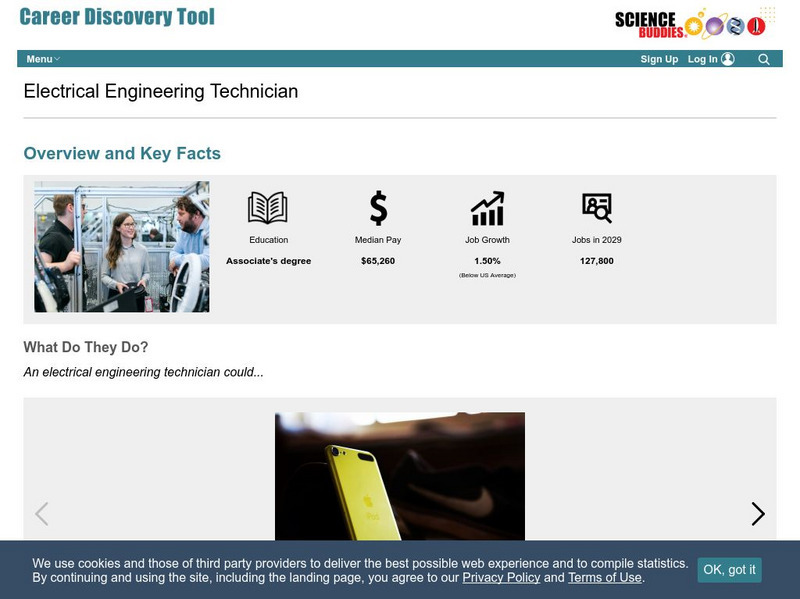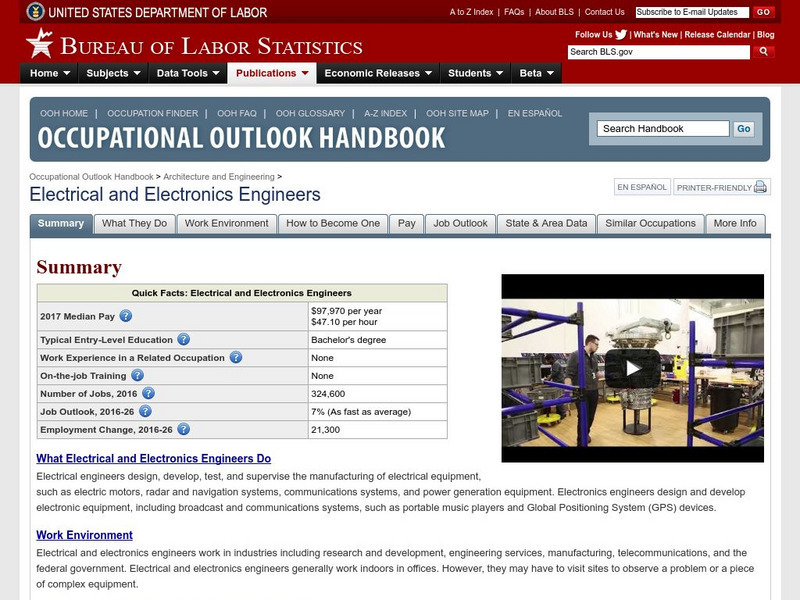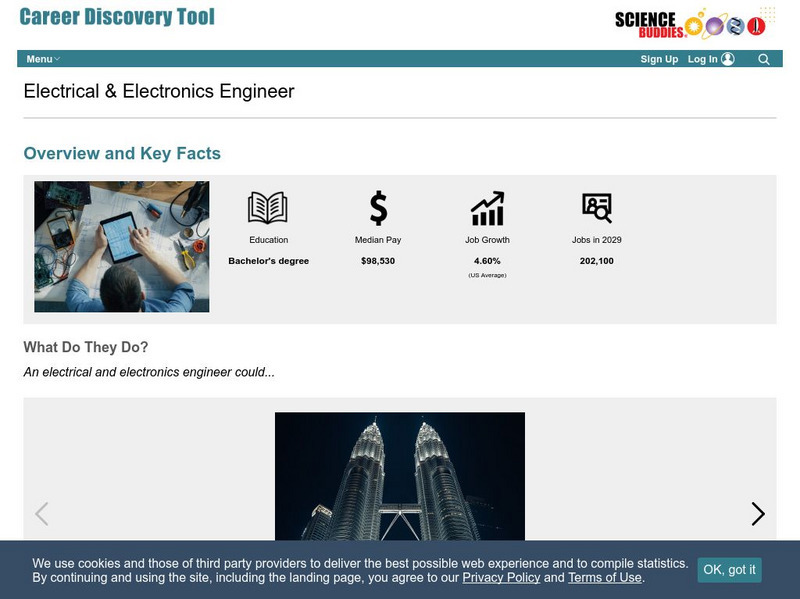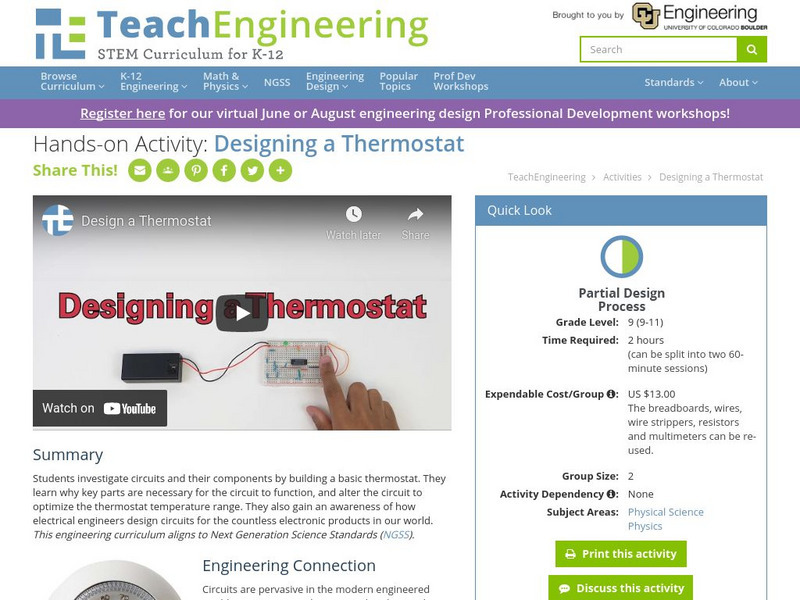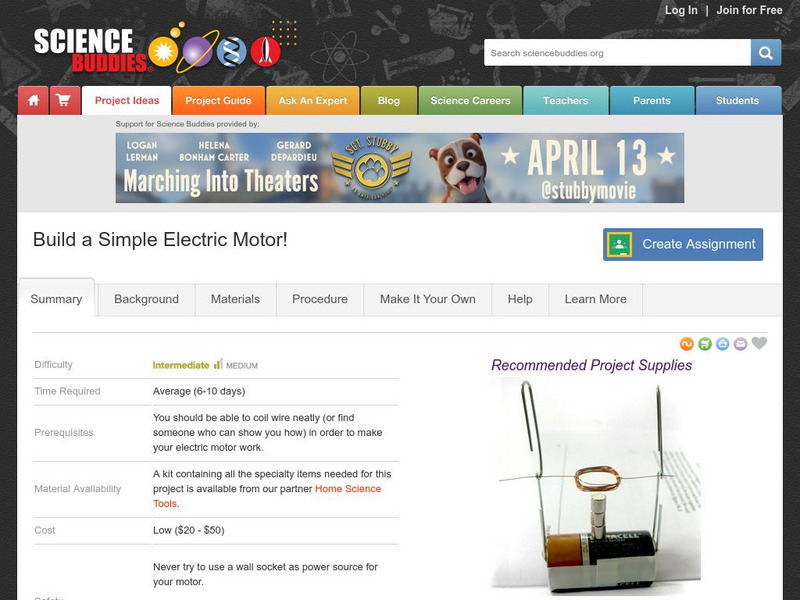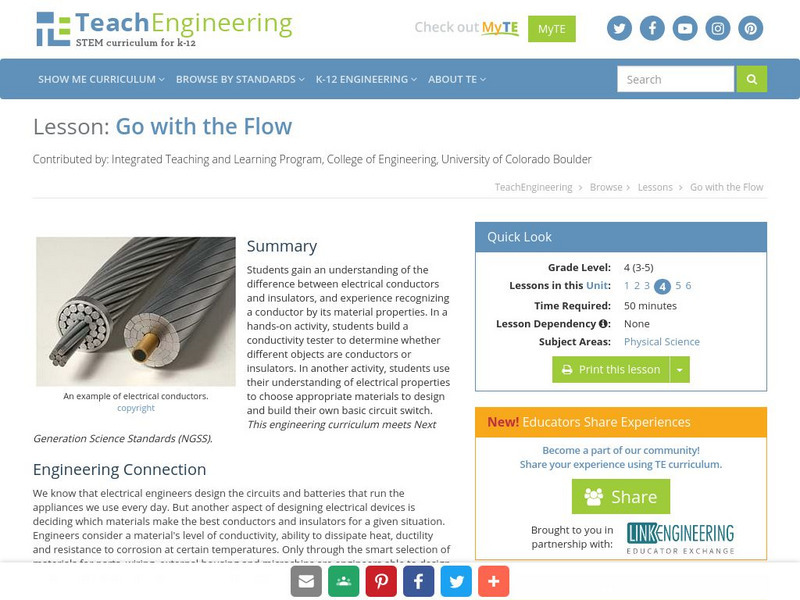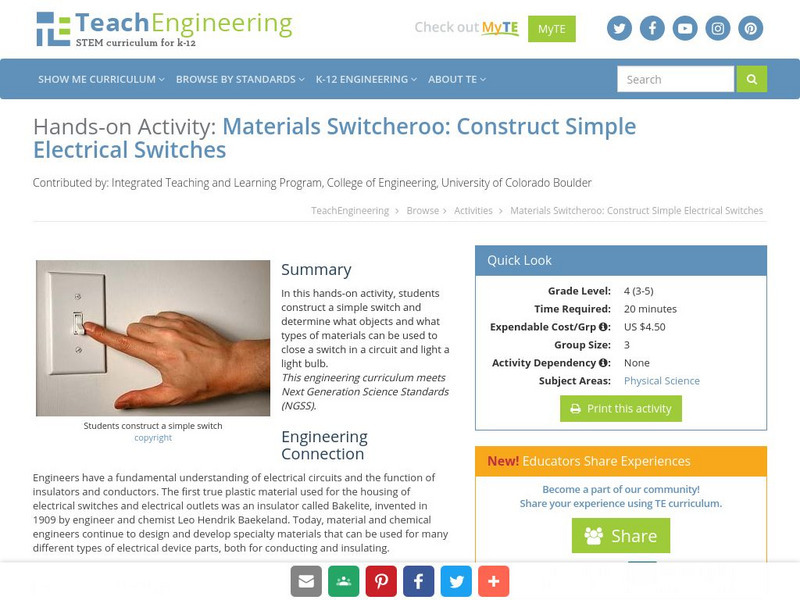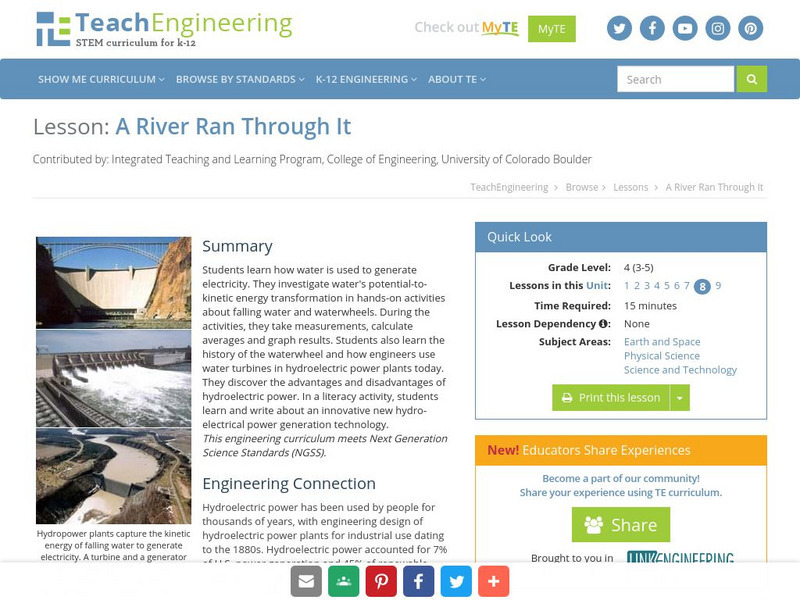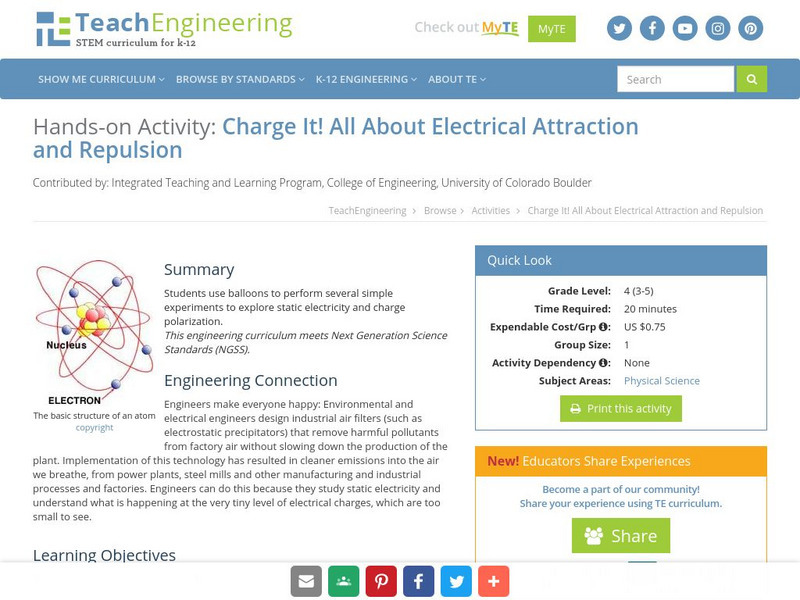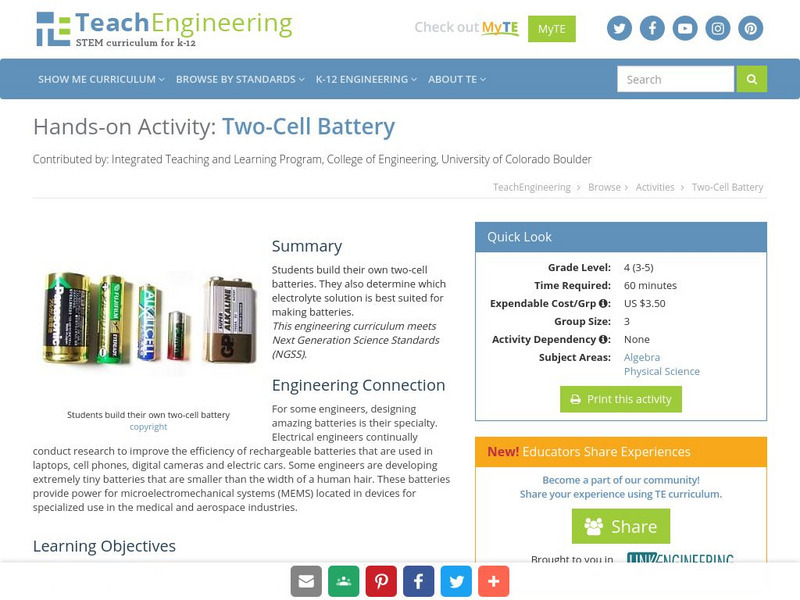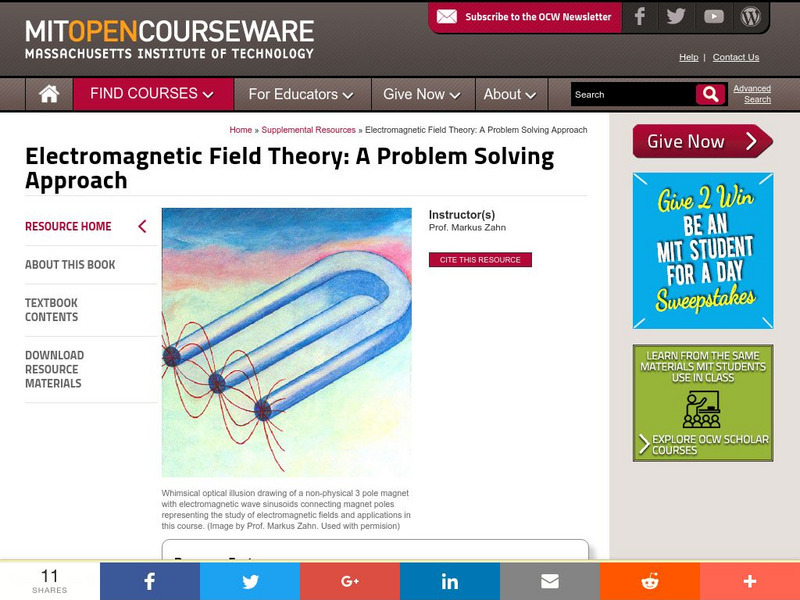Science Buddies
Science Buddies: Career Profile: Electrical Engineering Technician
Find out how the electric engineering technician assists in the research and development of electrical equipment, among other things. This Science Buddies site lays out the requirements needed to become a electrical engineering...
US Department of Labor
Bureau of Labor Statistics: Electrical Engineers
This resource provides information about electrical engineer careers.
Science Buddies
Science Buddies: Career Profile: Electrical and Electronics Engineer
Find out about the many pathways available to one who has a career as an electrical or electronics engineer. Design video games, cell phones, GPS systems, anything that requires electricity to work. This Science Buddies site lays out the...
TeachEngineering
Teach Engineering: Designing a Thermostat
Students investigate circuits and their components by building a basic thermostat. They learn why key parts are necessary for the circuit to function, and alter the circuit to optimize the thermostat temperature range. They also gain an...
Science Buddies
Science Buddies: Spin Right 'Round With This Simple Electric Motor
If you put on clothes that were washed in a washing machine, rode in a car, ate food from a fridge, warmed up lunch in a microwave, or played a video game, you used an electric motor. Try this science fair project and you'll learn how to...
TeachEngineering
Teach Engineering: Go With the Flow
Students gain an understanding of the difference between electrical conductors and insulators, and experience recognizing a conductor by its material properties. In a hands-on activity, students build a conductivity tester to determine...
TeachEngineering
Teach Engineering: Lights Out!
This lesson introduces the concept of electricity by asking students to imagine what their life would be like without electricity. Two main forms of electricity, static and current, are introduced. Students learn that electrons can move...
TeachEngineering
Teach Engineering: Am I on the Radio?
During this activity, students create a working radio by soldering circuit components supplied from an AM radio kit. Since this activity is carried out in conjunction with the associated lessons concerning circuits and how an AM radio...
TeachEngineering
Teach Engineering: Switcheroo
In this hands-on activity, students construct a simple switch and determine what objects and what types of materials can be used to close a switch in a circuit and light a light bulb.
TeachEngineering
Teach Engineering: Hands on Activity: Designing a Thermostat
By building a basic thermostat, students will explore basic circuitry and electricity. The thermostat built out of a breadboard, temperature sensor chip, amplifier, and battery creates a linear relationship between temperature of the...
TeachEngineering
Teach Engineering: A River Ran Through It
Students learn how water is used to generate electricity. They investigate water's potential-to-kinetic energy transformation in hands-on activities about falling water and waterwheels. During the activities, they take measurements,...
Learn Engineering
Learn Engineering: Understanding Rotating Magnetic Field & Synchronous Speed
Get information about rotating magnetic fields and how electric machines use them for their operation. Discusses synchronous speed and number of poles on an electrical machine. The accompanying article discusses the topics found in the...
Learn Engineering
Learn Engineering: How Does an Induction Motor Work?
An article and video about the most commonly used electrical machine called an induction motor. Learn about the parts of the motors that allow the motor to function. [4:43]
TeachEngineering
Teach Engineering: Should I Drink That?
Students perform the first steps that environmental engineers do to determine water quality - sampling and analysis. Student teams measure the electrical conductivity of four water samples using teacher-made LED conductivity testers and...
Science Buddies
Science Buddies: Project Ideas: Learn to Design an Ion Engine
The goal of this electricity and electronics science fair project is to understand how ions are used to propel spacecraft in space, and to use a NASA online simulator to design your own ion engine. The Science Buddies project ideas are...
TeachEngineering
Teach Engineering: Charge It!
Students use a balloon to perform several simple experiments to explore static electricity and charge polarization.
TryEngineering
Try Engineering: Conveyor Engineering
Students learn about the engineering design process as they design, build, test, and evaluate a conveyor system made with everyday items than can move pieces of candy 4 feet including a 90 degree turn. The objective of the lesson is to...
PBS
Pbs Learning Media: Off the Grid
This interactive activity produced for Teachers' Domain presents users with three hypothetical scenarios in which they are challenged to design a wind power system that will meet their electrical needs.
Science Buddies
Science Buddies: Career Profile: Power Distributors and Dispatcher
Science Buddies profiles careers you perhaps never even considered. Do you know what a power distributor and dispatcher does? Someone has to control the flow of electricity along the transmission lines to be sure nothing takes the power...
TeachEngineering
Teach Engineering: Two Cell Battery
In this hands-on activity, students build their own two-cell battery. They also determine which electrolyte solution is best suited for making a battery.
Massachusetts Institute of Technology
Mit: Open Course Ware: Resources: Electromagnetic Field Theory
College-level electrical engineering textbook starting from the Coulomb-Lorentz force law on a point charge. Sample problems that reinforce the content are found at the end of each chapter. Includes downloadable excerpts of the textbook...
Massachusetts Institute of Technology
Mit: Inventor of the Week: Nikola Tesla: The Electro Magnetic Motor
Use this site to learn about the inventor of the electro-magnetic motor, Nikola Tesla. Find out why Tesla's experimentation with alternating current was so important to later inventions and use of electricity.
University of Kentucky
Elecroscope Lab
This site is actually a lab from the University of Kentucky Electrical Engineering Department. It is an excellent experiment that can be done at the high school level.
TryEngineering
Try Engineering: The Power of Graphene
In this engineering lesson, students learn about nanotechnology, graphene, and its electrical properties and applications. Teams of students test graphene to determine whether it is an electrical conductor or insulator, then develop...
